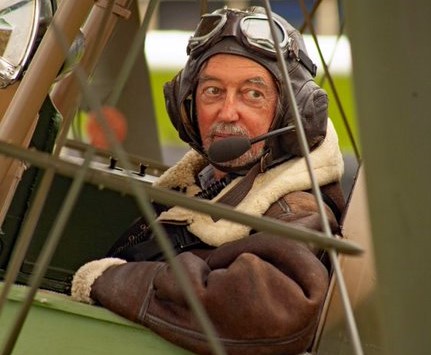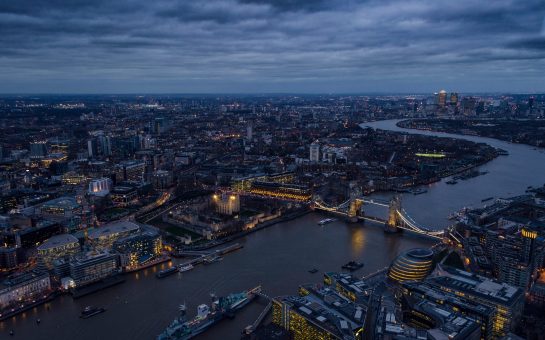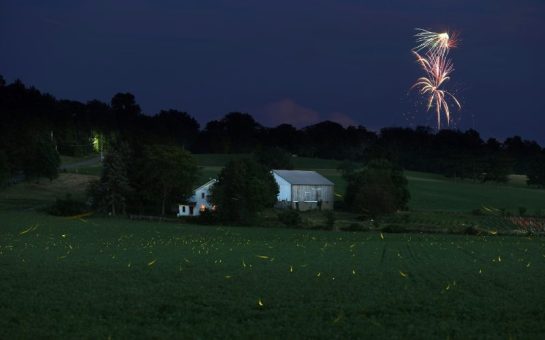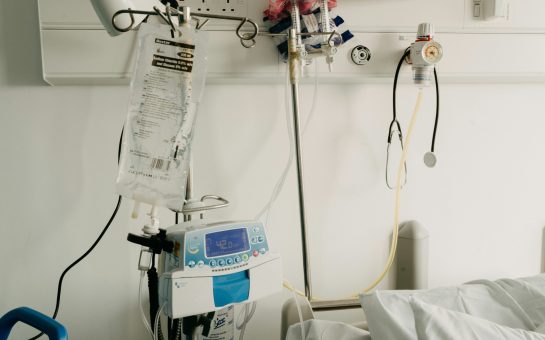As travellers start flying again with the relaxation of Covid restrictions, one of the invisible services which keeps them safe, air traffic control, has its hundredth anniversary this year and it began in Croydon.
In 1922, Croydon was the location of London’s main airport and the world’s first air traffic controller, G.J.H ‘Jimmy’ Jeffs, started work there on 22nd February when the aircraft were biplanes, there was very limited communication and no radar.
Experienced aviation journalist, Ian Harbison, highlighted just how primitive the tools of the job were in the early days of flight.
He said: “When they first got air to ground communications it was morse code, it was telegraphy. Radio came in during the First World War so by the time Croydon was up and running radio was established.
“Before that they would use things like coloured lights, green for go red for stop, and flags but that was only on the ground.”

In 1922, Radio Position Fixing was introduced which acted as a kind of proto-radar.
It was a revolutionary Croydon-based procedure that used aircraft radio transmissions to fix their positions.
This gave pilots an accurate location and allowed them to focus on flying the aircraft.
But flying was still dangerous. In the same year, the first mid-air collision between airliners occurred.
A British plane flying from Croydon to Paris collided with a French aircraft and from then on, all airliners were required to carry a radio.
A Croydon officer later came up with the word ‘mayday’ as a distress call, which is from m’aidez in French, “help me”.
Harbison described how planes are usually controlled these days.
He said: “You’ve got ground control. They release the aircraft for take-off. It climbs up it then gets handed over to a regional air traffic control centre the monitors a big bunch of airspace.
“And then it gets handed over to the next one all the way along this route. The whole of the air is divided into blocks if you like.
“There’s constant communication and each of those areas are monitoring what’s going on in their own airspace.
“Then you get closer to the airport. The approach control is monitoring what’s going on around the airport, which is why you have holding patterns.
“If there are too many aircraft arriving at the same time, they fly a racetrack pattern and then they’re picked one by one and allowed to land one after the other.
“Now, everyone knows exactly where they are with satellite navigation, and they all have traffic collision avoidance systems.
“So, if an aircraft gets too close the system says to one ‘climb’ and to the other ‘descend’. So, if there is a risk of collision, we now have systems in place that can avoid it. So, air traffic control is actually becoming less dominant than it was.
“So, it’s almost coming full circle again to where there were so few aeroplanes that you didn’t need air traffic control.
“NATs [national air traffic services] have taken away all the airways over Scotland so aircraft going transatlantic can now pick the best route and the best altitude, so you get a significant tail wind so you’re reducing fuel burn and you’re faster.
“A lot of the airspace is controlled remote from where the airspace is. In Norway they even have virtual control towers with 360-degree cameras monitored by a controller who is sitting somewhere else.”
Featured image credit: Christopher Hilton via Wikimedia Commons under CC BY-SA 2.0 license




